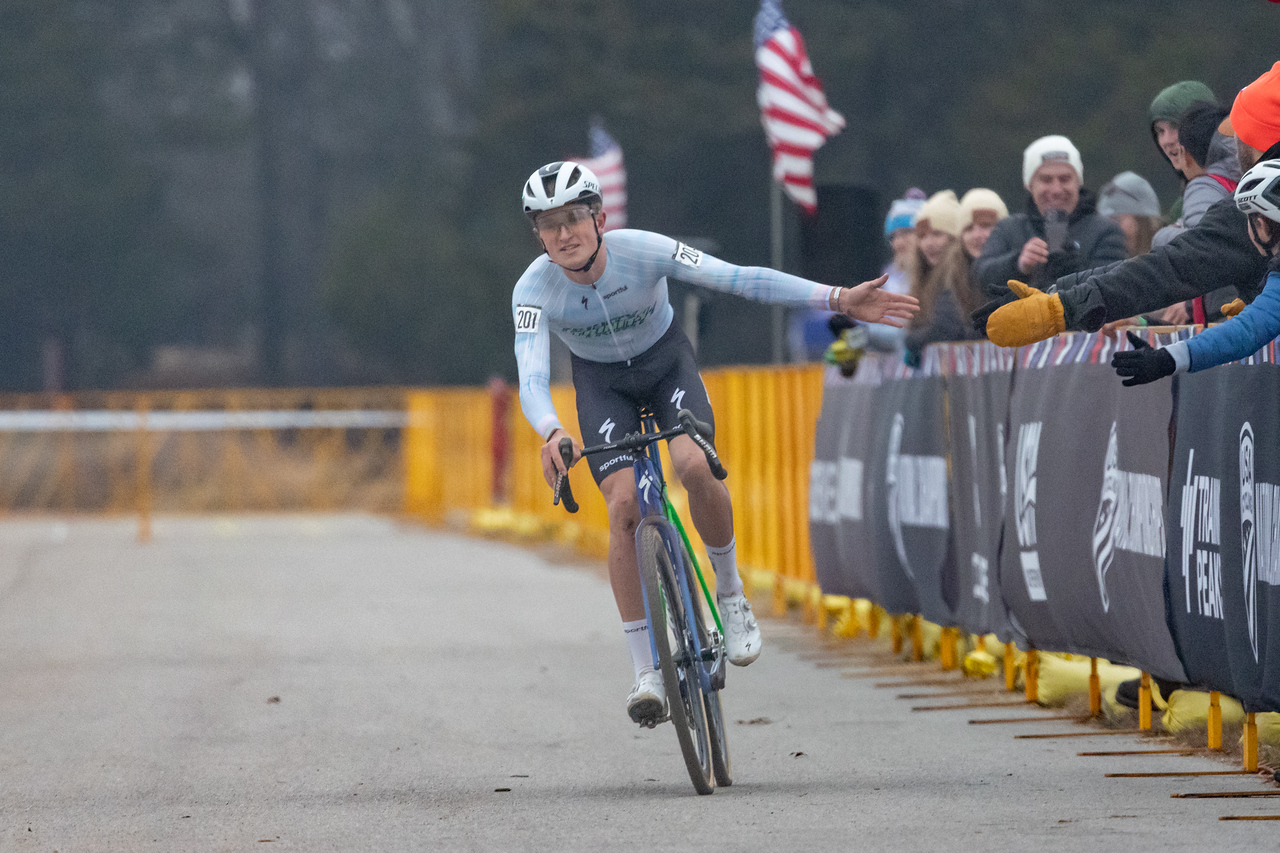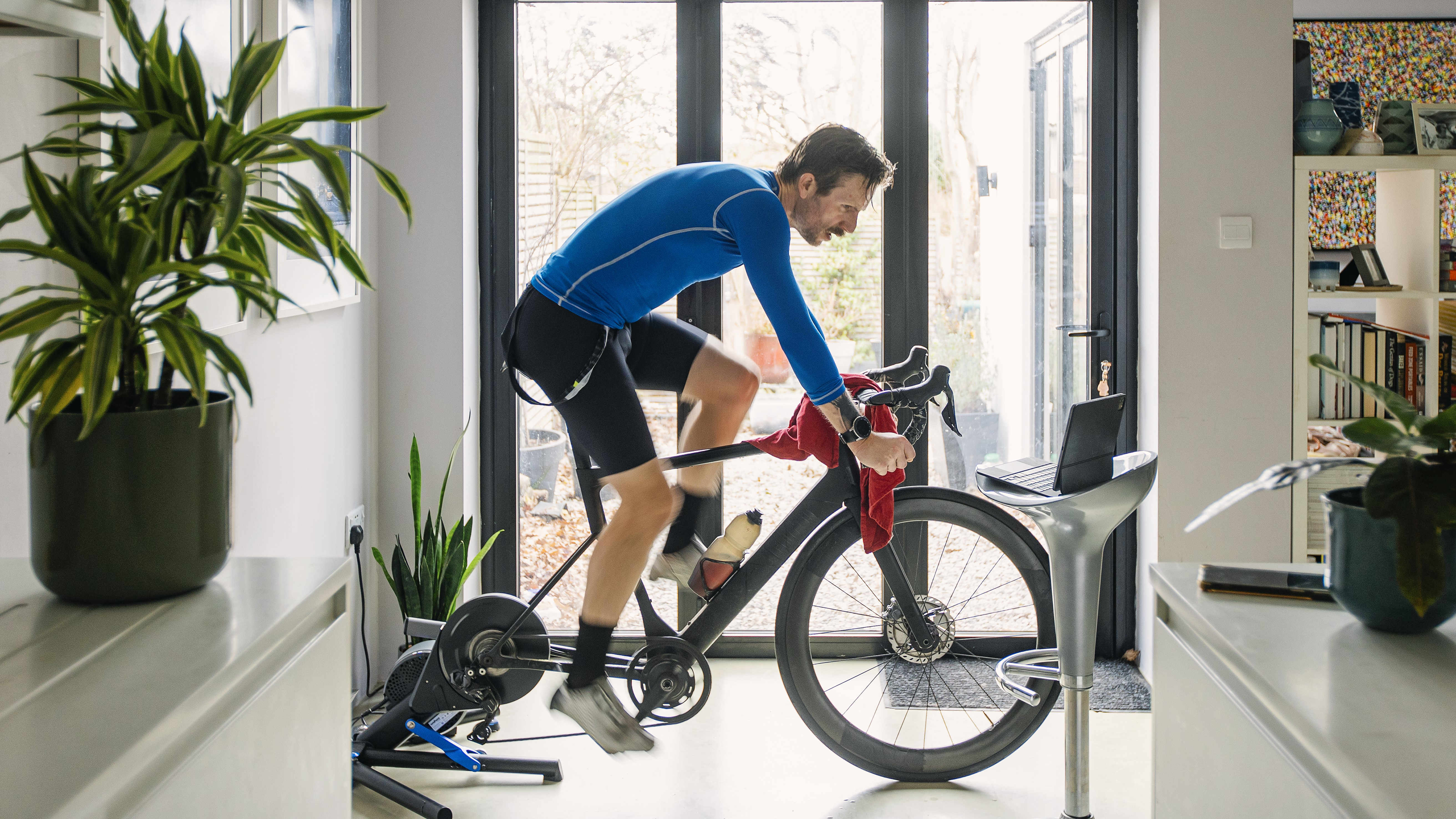
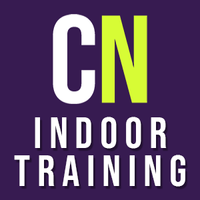
Take it from someone who used to loathe indoor riding—turbo training works best when it’s frictionless. If you have to hunt for shoes, shuffle furniture, or untangle cables before you can pedal, you’ll be far less inclined to do it.
The best smart trainers will only take you so far; if you end up hunting around for your fan, laptop charger and towel before every session, you can lose big chunks of time.
Build a space that’s always as ready as it can be, always inviting, and it’ll quietly become the most productive 'room' in your home. These steps are principle-led, and aren't just for those lucky enough to have a garage or basement.
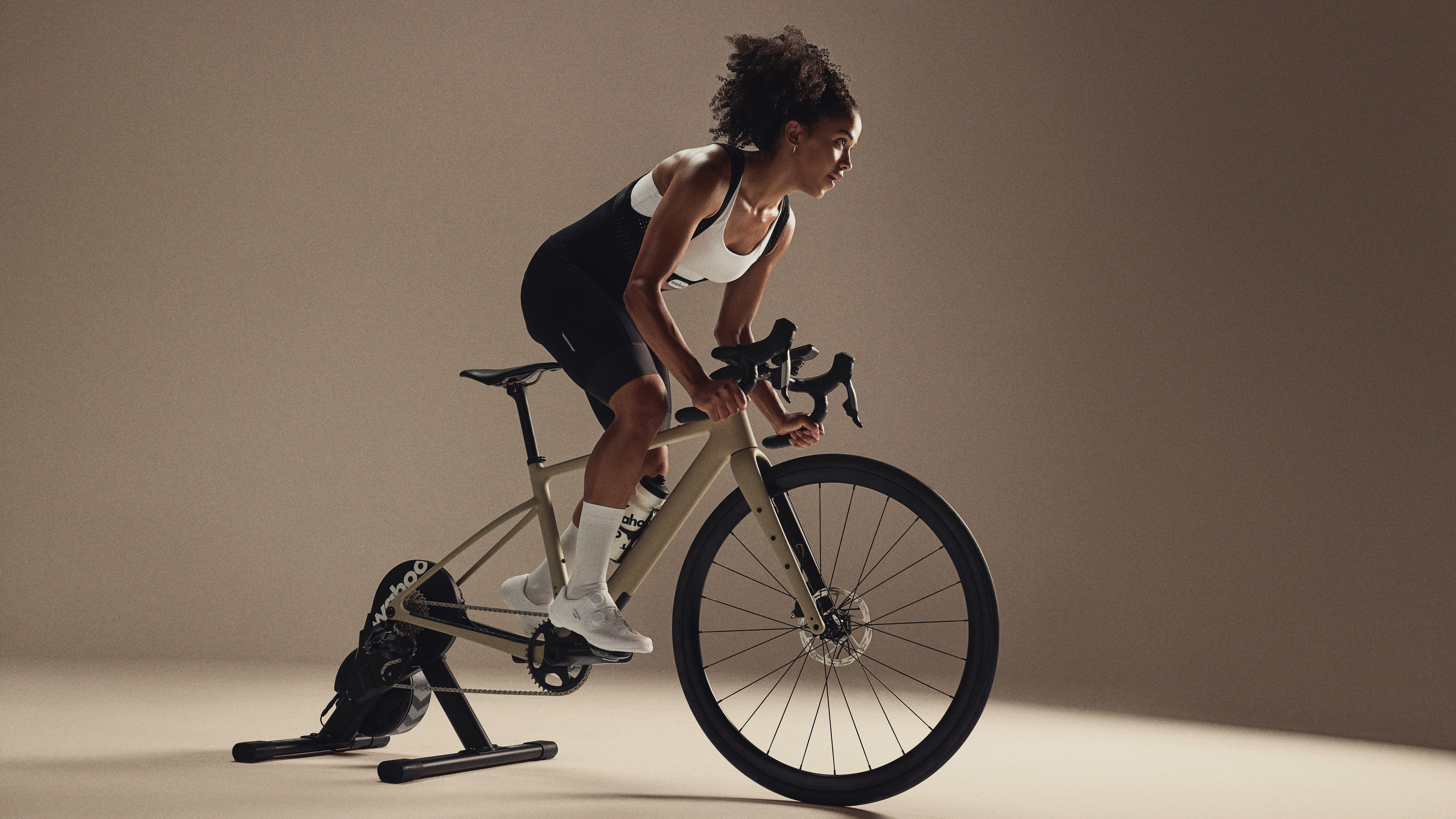
Claim the space if you can
The best place to start is with territory. If you can, dedicate a corner or area that never needs packing down or disturbing. Humans are lazy in the best possible way - we follow the path of least resistance - so make that path lead straight to the pedals. Bike stays on the smart trainer, shoes live beside it, fresh towel on the bars, protein shake ready in the fridge for afterwards too.
When you are choosing said corner, it's important to consider access to power, too. You might want to think about using a surge-protected extension with enough outlets for the trainer, fans and a screen. Even if you can't leave your pain cave fully set up at all times, you can keep the power outlet ready so you’re not crawling around behind furniture before every ride. A few cable ties never hurt, either - a clean, inviting space makes for a better association with your training.
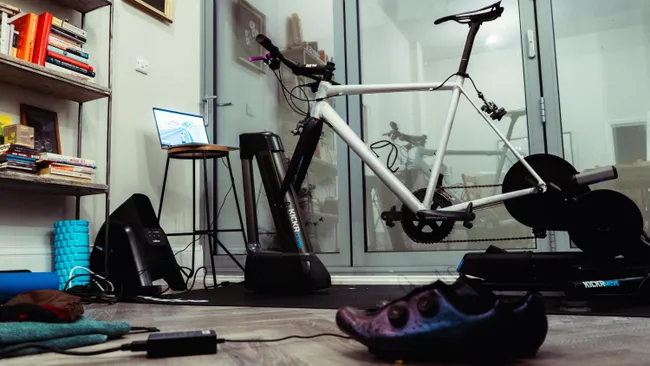
If you’re lucky enough to have a garage or basement, brilliant - but apply the same set of rules. A permanent home for the kit, cables off the floor, everything where you expect it.
Smaller spaces do make a permanent setup challenging, but by streamlining the setup to a couple of cables and moving your office chair from behind the computer desk, you can still make dual use of space easily.
The latest race content, interviews, features, reviews and expert buying guides, direct to your inbox!
Build a solid base
Something which might seem relatively trivial to many is getting a solid mat for your turbo trainer - but it really is something worth doing. Training mats serve a couple of different purposes, the first being deadening noise transmission. Turbo trainers can be a little loud, and the drony noise can distract you from your training, leading to disgruntled housemates or family members, too. It also serves as a protective barrier for your floor when it comes to sweat and any oil spatters, for example, while you are training.
It's easy to be sceptical of a foam mat and think that they are all alike - why can't you just use a yoga mat, for example? They compress, crease and rip, and often end up transmitting noise anyway. A more dense trainer mat or interlocking gym tiles will protect the floor, tame vibration and make wipe-downs painless.
Noise control is mostly about the drivetrain and the floor. Keeping a clean chain, which is properly lubricated, helps massively too. Top tube; don't over oil your chain with a wet or heavy lubricant. If you're going to be doing a lot of training in your home, it can lead to mess and more 'sling' than you might imagine. For indoor use, we recommend a dry, wax lubricant such as Smoove.
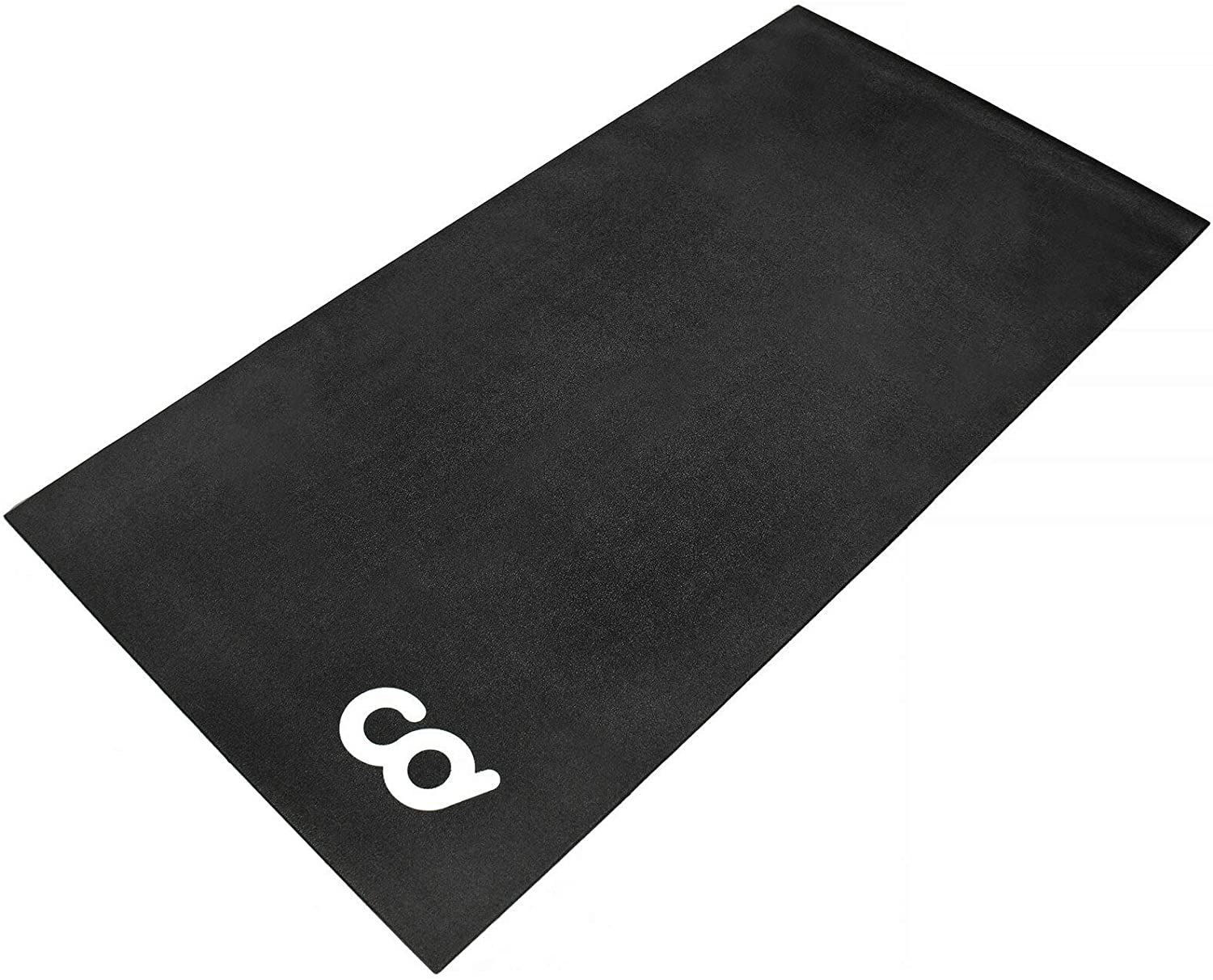
Get aquainted with your tech
The wonders of trickle-down technology mean that even today's entry-level smart trainers provide you with a completely superior experience to the trainers of 10 years ago.
Take the Van Rysel D100 interactive turbo trainer, for example - for £229.99, you can get a trainer that has a maximum resistance of 600 watts, which is good enough for most training sessions, and can simulate a gradient of up to 6%. If you can, it is worth opting for a direct drive trainer, which most smart trainers are these days. Lower noise and a far more stable base make them an obvious choice.
The cost of entry point for a quality direct drive smart trainer is coming down all the time, but generally, it's best if you can spend as much as you can on a trainer; the experience overall will be a lot nicer, and you will spend less time faffing and more time training.
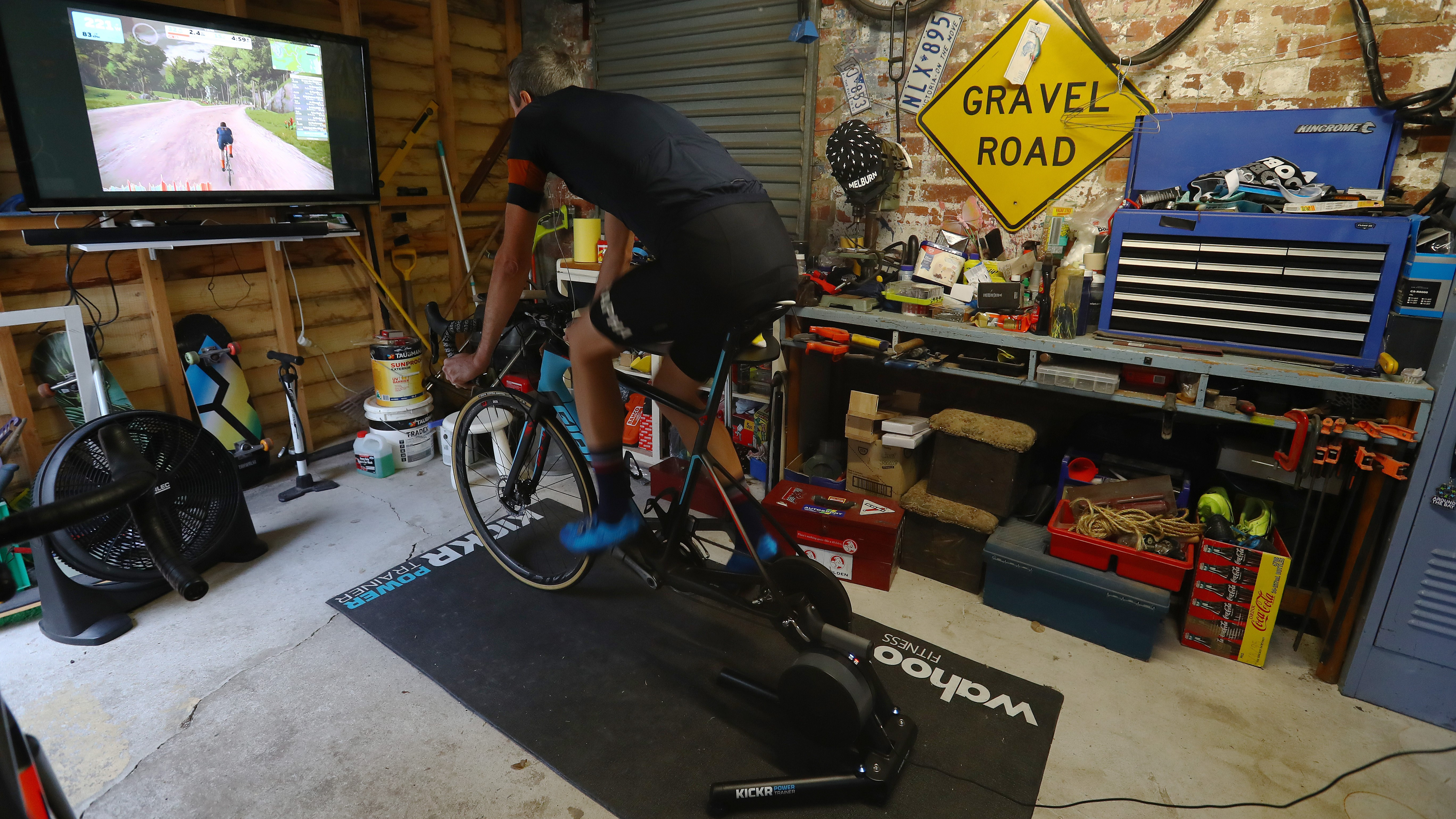
Small geometry tweaks can also pay off indoors, too. A plastic riser block levels the front wheel so your hips sit naturally, keeping a better weight distribution between bars and saddle. If you’re doing very long sessions and feel locked in the saddle, a trainer like the Wahoo Kickr Move, which has a rocker plate, adds a hint of movement and reduces hot spots. Of course, neither of these is mandatory, but they are nice to have.
Because indoor sessions are generally steadier and you spend more time seated, comfort matters. Fresh bar tape, a breathable base layer, and a pair of indoor training bibs you reserve for the turbo will transform your tolerance for longer rides.
Bike fit becomes absolutely essential, too. If you have any niggles out on the road when it comes to your on bike comfort, you can bet that the indoor trainer will find them and amplify them. If you aren't totally comfortable, then a professional bike fit ahead of the winter could prove to be a very good investment indeed.
Keep controls in reach
The modern-day world of virtual riding does come with a little more admin at times. Pair your smart trainer with a platform like Zwift, and you'll have to run everything through your laptop or other smart device. This means when you are pausing your ride, skipping an interval, or starting a race, you might have to be able to control said smart device while riding.
It's paramount, then, to make sure that your indoor training setup has easy access to your laptop or means to control it. Put the cockpit of your pain cave where your hands can find it without thinking. A slim bedside table, rolling trolley or narrow shelf beside the front wheel is perfect. There are specific tables on the market, but in a lot of cases, the most cost-effective way is to set up around the furniture you already have.
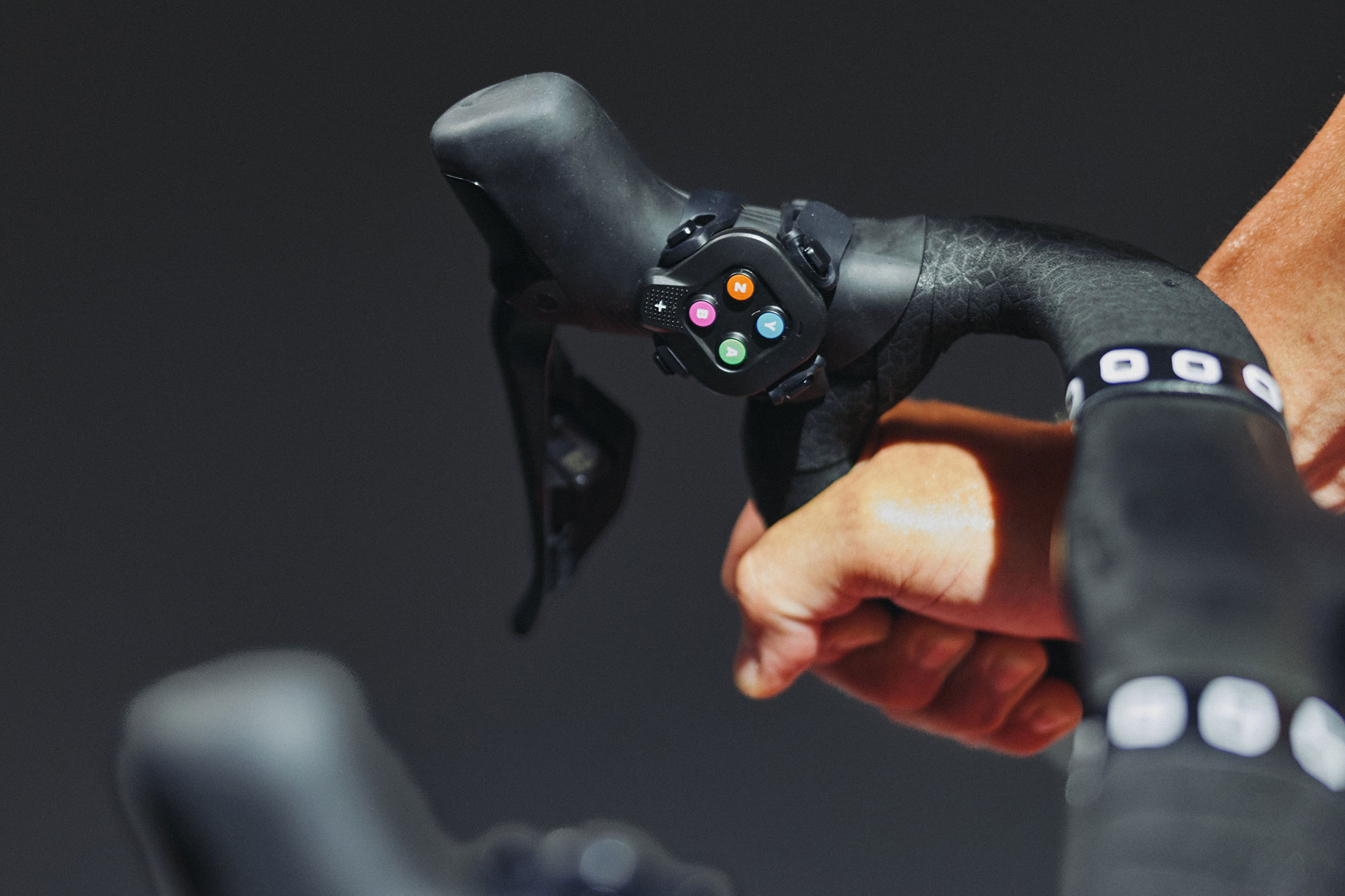
As far as actually controlling the software goes, there are a couple of bits of tech that can really help you out, particularly if you just can't set up your smart device or screen near your handlebars.
Bluetooth keyboards and mice are fairly cheap these days, and well worth investing in if you're going to be doing a lot of turbo training with virtual riding software. Small and light, they can sit nicely on your nearby surface of choice, where you can easily reach them and control your sessions without the faff of reaching or picking up a laptop.
If you are a Zwift user, it might be worth considering the Zwift Play controls too. The two controls mount easily to the back of the drops of your handlebars and act as a sort of gaming controller for the platform, while introducing more intuitive functionality, like steering.
There we have it, most of it is common sense, but with a little bit of extra planning and effort, you can make some changes that might take you from a stressy mess, to a well-organised, indoor training space that's a pleasure to use.
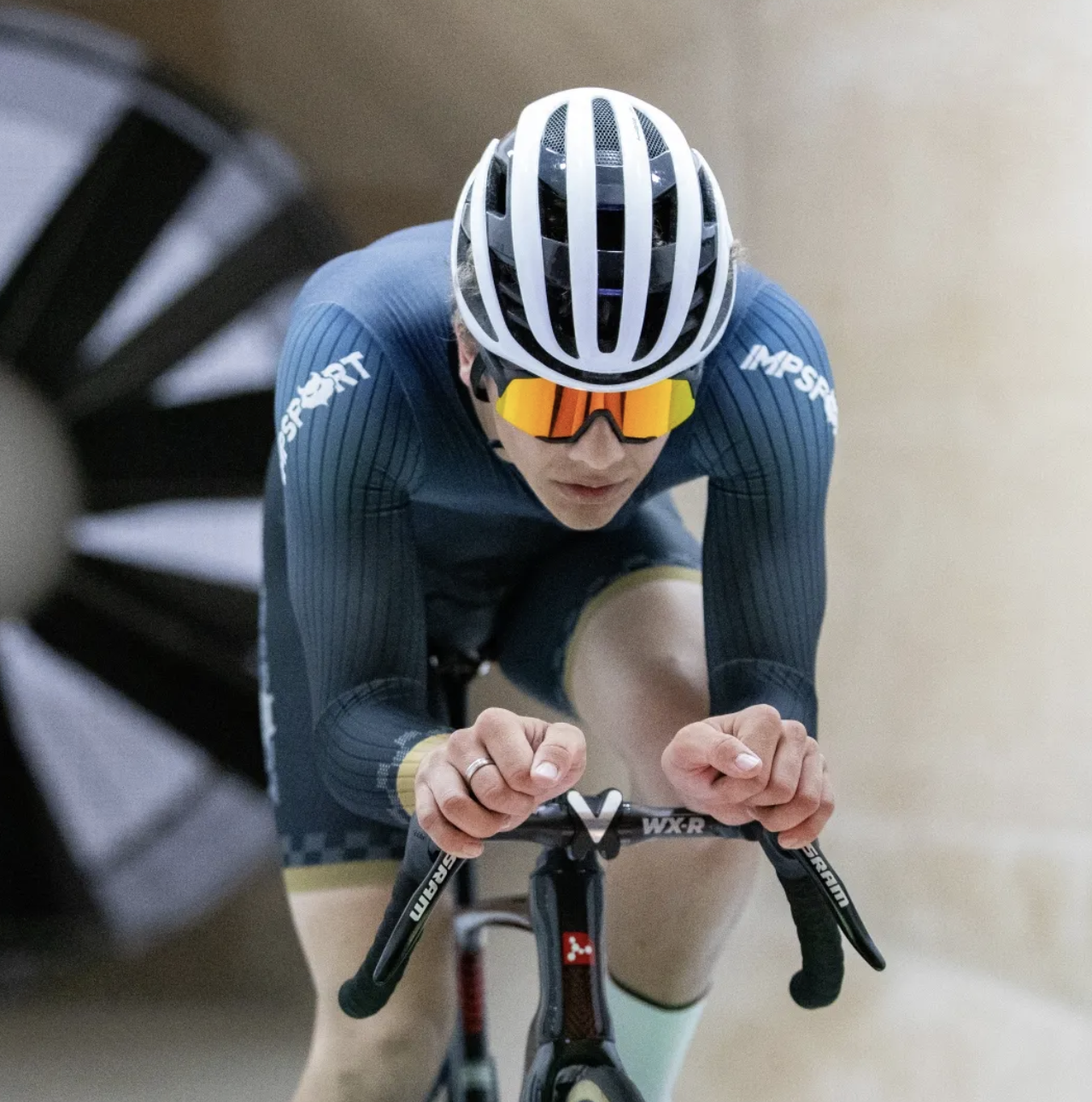
Joe is a former racer, having plied his trade in Italy, Spain and Belgium, before joining Cycling Weekly as a freelancer and latterly as a full time Tech Writer. He's fully clued up on race-ready kit, and is obsessive enough about bike setups to create his own machine upon which he won the Junior National Hill Climb title in 2018.
You must confirm your public display name before commenting
Please logout and then login again, you will then be prompted to enter your display name.
